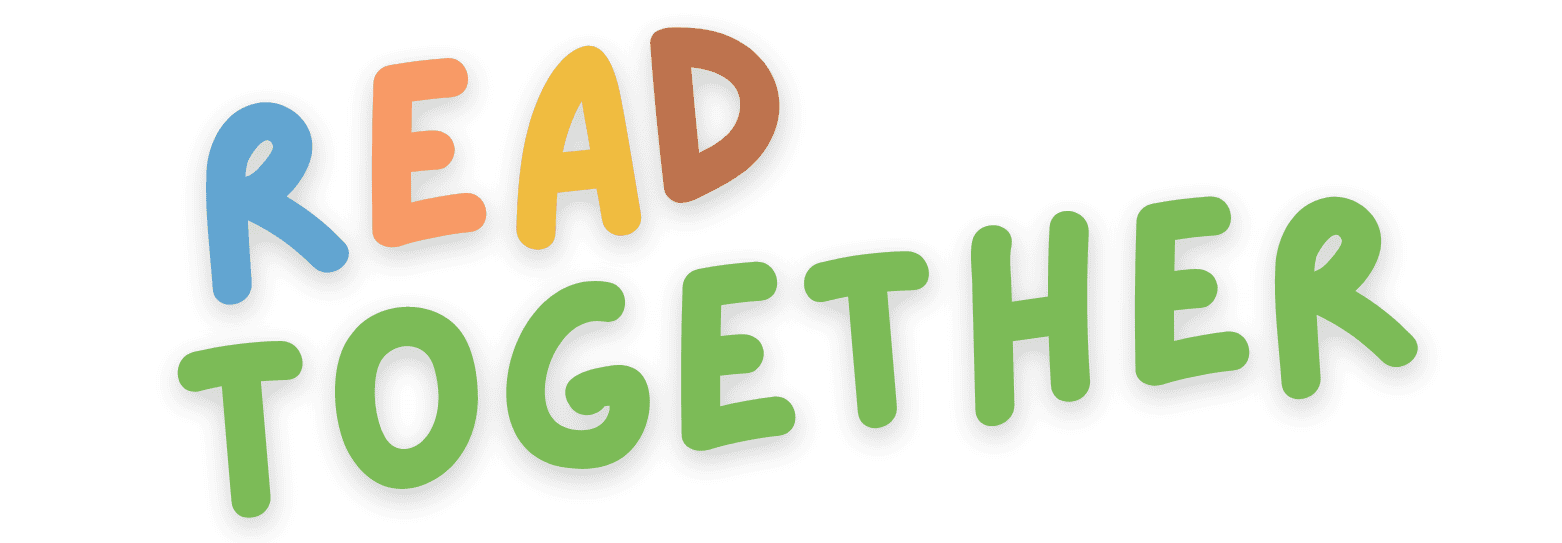Kindergarten to Third Grade
Reading together can be done anywhere, at any time. Explore different ways of developing reading skills through reading together, and find what works for your family!
Whether you’re just getting started with a reading routine or looking for ways to freshen up your family’s reading time, you’ll find plenty of tips here.
The ABCs
As you read together, remember the ABCs: Ask questions, Build vocabulary, and Connect the story to your child’s world.
Child's choice
Let your child choose from a wide variety of options, like chapter books, nonfiction books, magazines, or digital books. Don’t worry if it’s above their reading skills – that exposes them to more advanced reading and vocabulary.
Guiding pictures
Use the story’s pictures to talk about how characters are feeling and why.
Example
You might say about a character in a book, “Look at the boy’s face. He’s frowning and his shoulders are down. How do you think he’s feeling here?” You could then ask, “What happened right before this picture that might explain why he feels that way?”
Fun for all
Have some fun with reading! Use voices, expression, or movement to bring stories to life, or try alternative reading methods, like audiobooks or ebooks, to change up your routine.
Unusual words
When you see an unusual word, stop and point it out. Learning words that aren’t used in everyday conversation but appear often in books helps build children’s academic language, which is important to comprehension.
Example
Look for uncommon words like autumn, delighted, coincidence, fortunate, or muttered, and then talk about what they mean.
Keep it up
Read to your child no matter how well they can read on their own. Children benefit from stories being read to them.
Walk in their shoes
Ask your child how they would feel if they were the character in the story you’re reading. What might they do differently? What might they do the same? Why would they feel that way?
Extended experiences
Extend a story you and your child love by finding related activities, like cooking together, exploring somewhere new, or researching an interesting topic online.
Make connections
When introducing a new word to your child, use a definition that will make sense to them. Connecting the new word to something they already know will help them remember it.
Example
A character in the book you’re reading together said her bracelet was significant because her grandmother gave it to her. You could explain that significant means something important or meaningful, and add an example from your child’s life, like, “Your favorite stuffed animal is significant because you’ve had it since you were a baby.”
Teachable moments
Use books to teach about difficult lessons or topics, like moving, making new friends, or perseverance. Look for books that have characters like your child, and that mirror their experiences.
Repetition is key
After introducing a new word, use it in conversation so your child hears it in different contexts. Ask them to use it in a sentence, give their own definition, or tell you words that it reminds them of. Children need to hear, see, and use a word several times before it becomes part of their vocabulary.
Your turn
Involve your child in the story by taking turns reading, or reading the same words out loud together.
Think out loud
Ask open-ended questions before, during, and after reading a story. Questions like “Why?” and “How do you know?” encourage your child to fill in gaps in the story, and will help develop their critical thinking and comprehension skills.
Example
Ask questions that encourage your child to think beyond what’s written in a story, like, “Why do you think she felt nervous when the teacher started asking the students if they turned in their homework?”
Teamwork
When your child reads to you, work together to find answers to questions in other books or sources of information.
Time
Give your child space to read at their own pace. Give corrections when you see frustration, but allow them time to work through words on their own, even if they make mistakes.
Name emotions
Name and explain different emotions you come across in stories. Teaching your child words that describe emotions helps build their vocabulary and understanding of how others feel.
Example
If a story you’re reading says a character was feeling disappointed, you might say, “Disappointed means feeling sad because something happened differently than you thought it would. I was disappointed when we couldn’t go to the park because it rained. When have you felt disappointed?”
Creative spaces
Make reading aloud a fun activity your child looks forward to by giving them an audience of siblings, grandparents, or even stuffed animals! And try working it into everyday moments, like when your child is playing outside or riding in the car.
Lots of variety
Explore non-traditional book formats, like digital books or special apps.
If English is a second language for your family, read together with your multilingual child in your native language. Building vocabulary, oral language, and listening comprehension skills in a child’s first language supports the process of learning the same skills in English.
